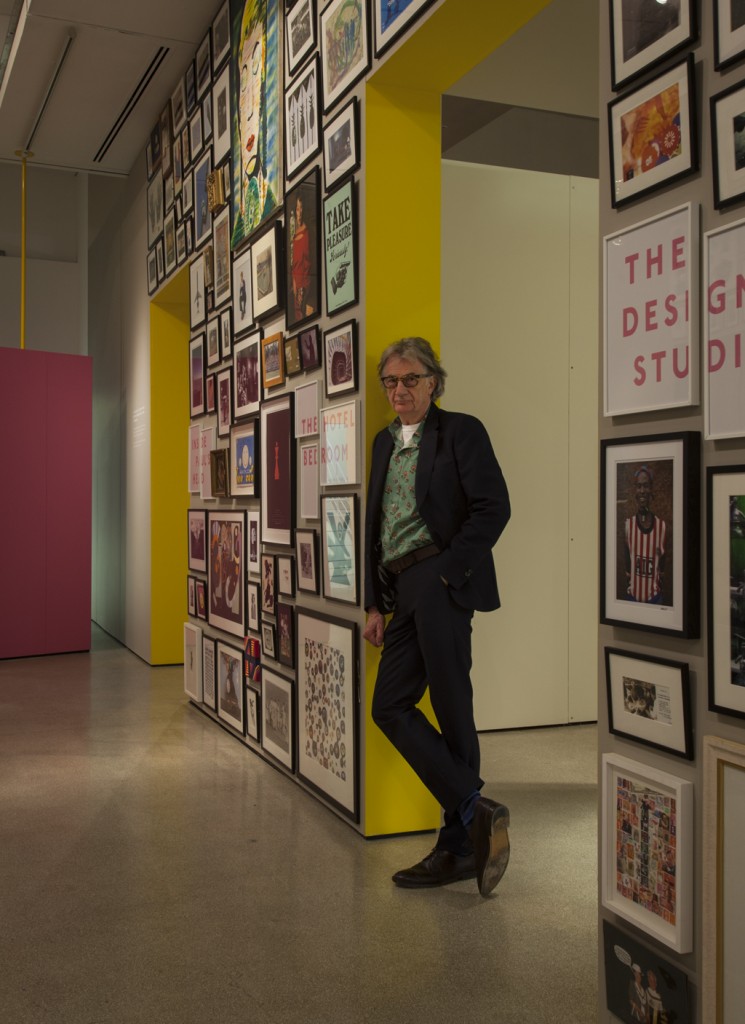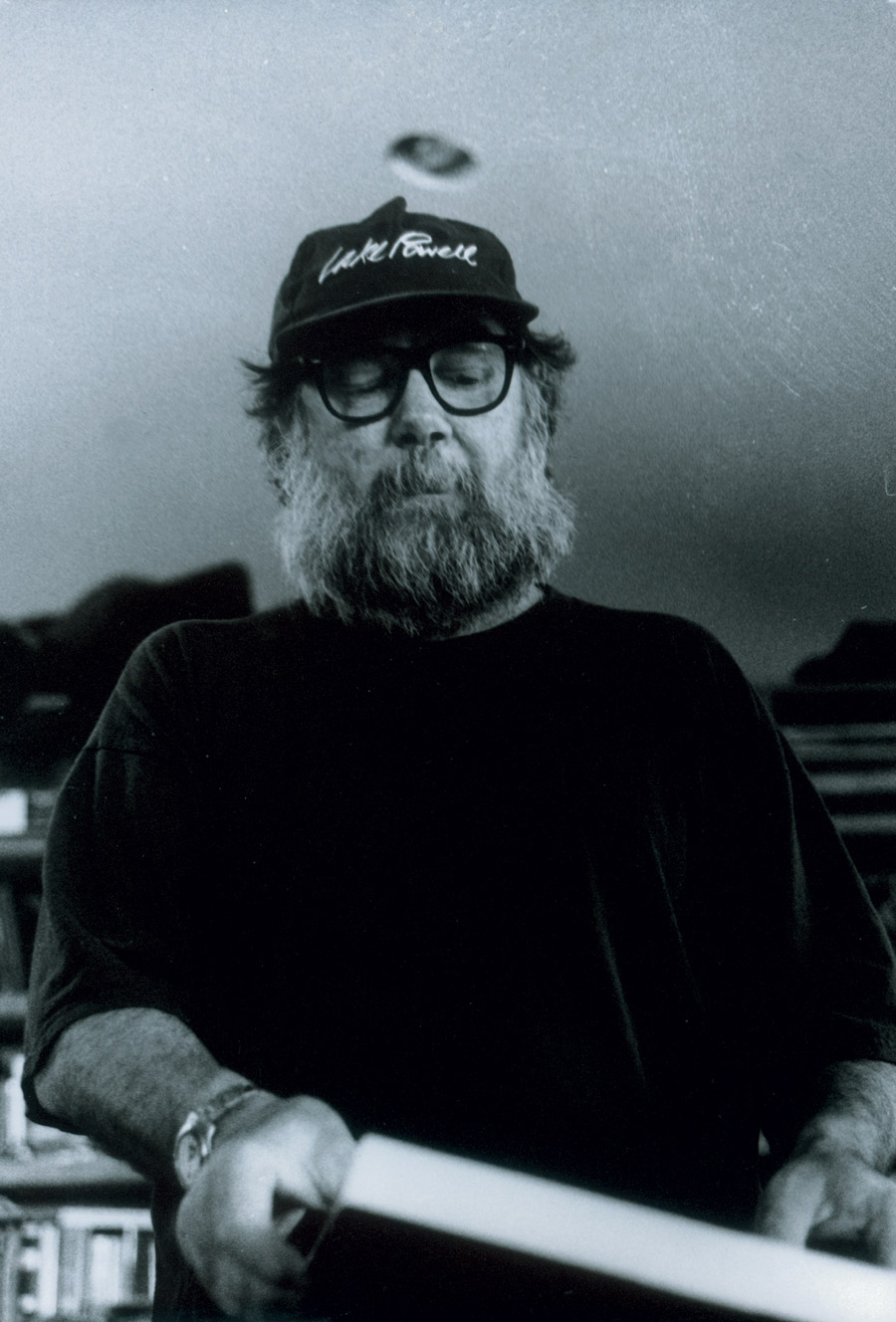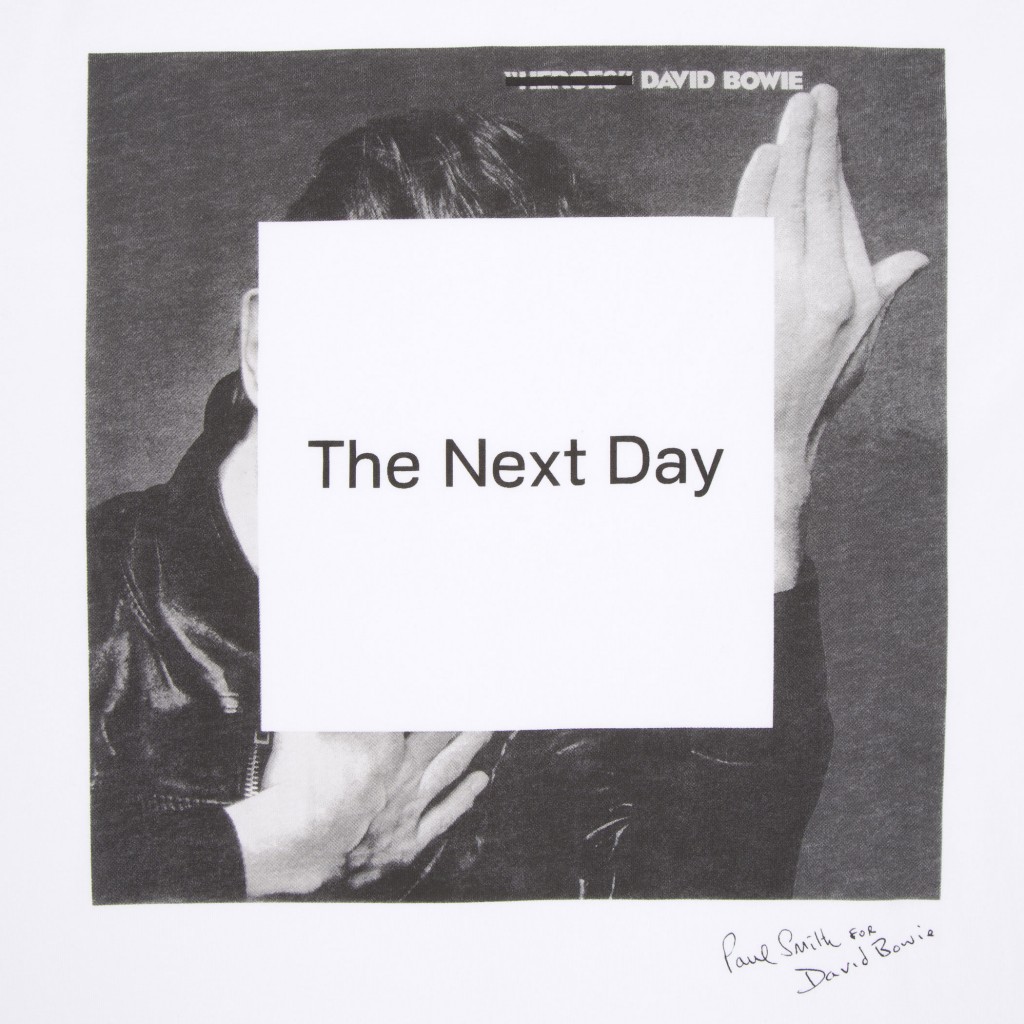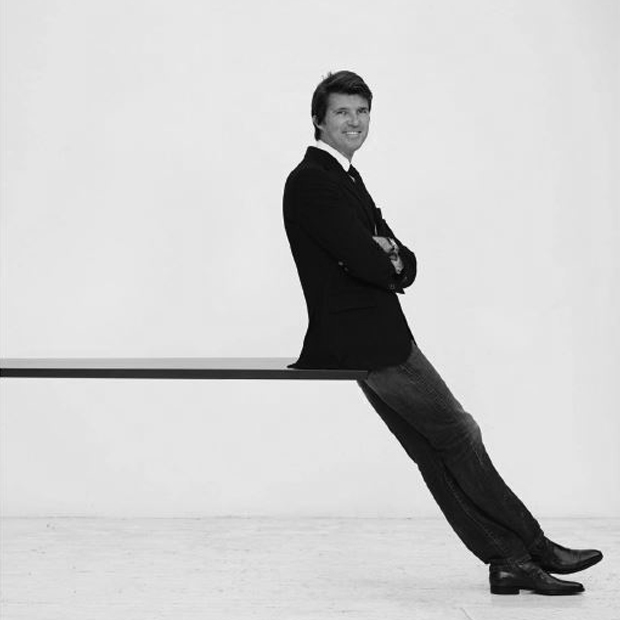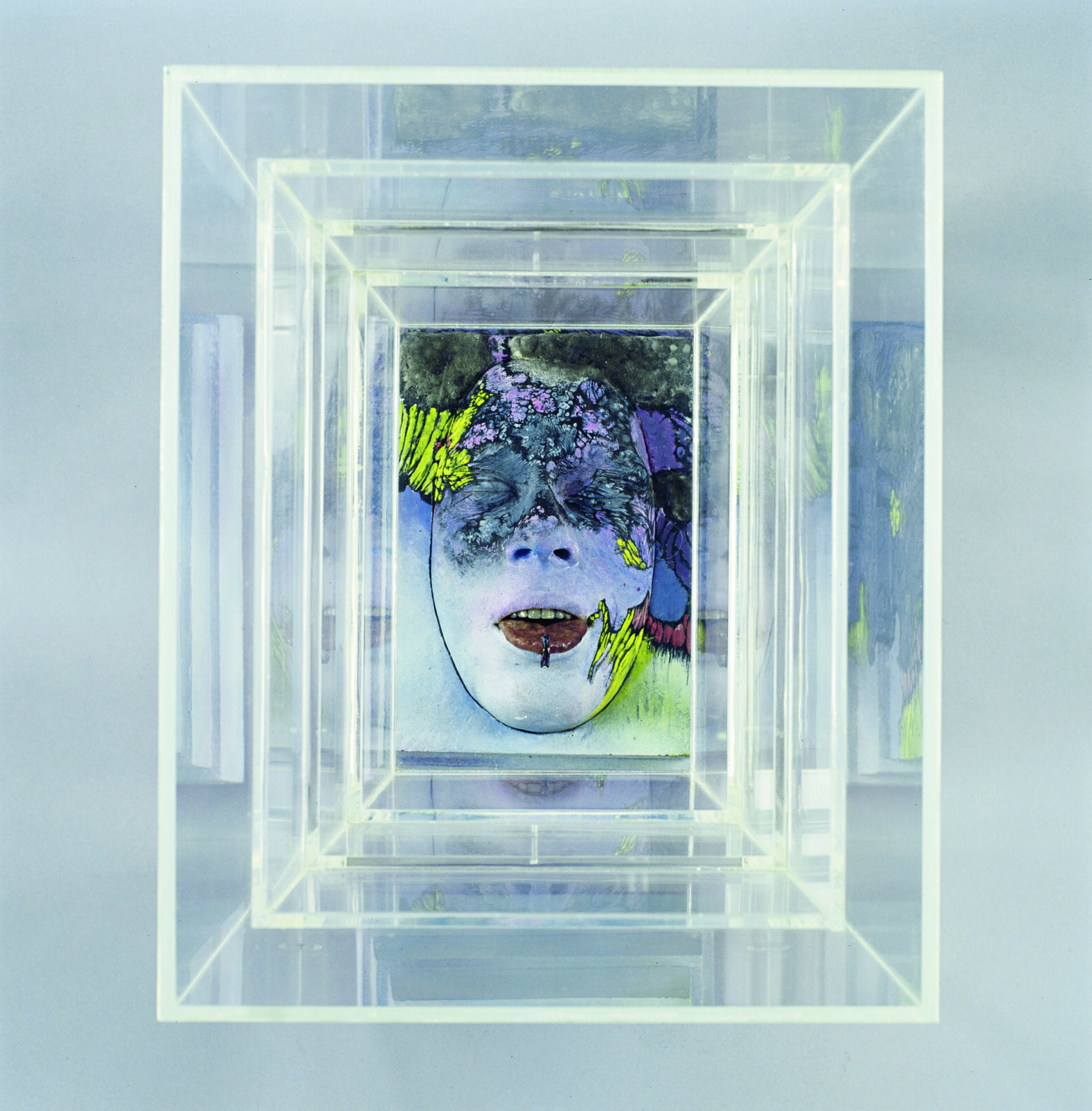
PAUL THEK AT MAMCO GENEVA
By Alain Berland
Interview of the curator Valérie Da Costa by Alain Berland
Alain Berland : It’s commonly said that Paul Thek was an artist’s artist. What I mean is that while he was celebrated in his time by a very small number of admirers, today he is a name that is exchanged between artists like a password to remind us that art remains a space of freedom that can be indifferent to the paradigms of the moment.
Valérie Da Costa : Yes, it’s often said that Paul Thek is « an artist for artists », which means that his work resonates with those who are close to the creative process, artists of course, but I would also say with those who are interested in the margins of art history and not in the established artists whose names regularly appear in exhibitions.
AB : In 2022 you published an essay on this artist (Paul Thek en Italie/ Paul Thek in Italy 1962-1976) at « Presses du réel », and you curated the exhibition at MAMCO in Geneva. Could you remind us what makes Paul Thek so singular?
VdC : Paul Thek was more of a European artist than an American one, and from the 1960s onwards he was very far removed from the dominant trends in the United States (Pop Art, minimal art), from the art market system and from American society, for which he had a definite aversion. He set himself apart from all this and chose to spend more than ten years in Europe, notably in Italy, his country of choice, where he spent many months and years, and in Holland, going back and forth with the United States.
It was with his Technological Reliquaries, dating from the early 60s, that he made his name. These Technological Reliquaries are wax sculptures that visually resemble fragments of human flesh encased in coloured or uncoloured Plexiglas boxes; a way for him to put something corporeal into the overly formalist language of minimal art and to poke fun at it. But it was also a way of opposing the transcendent and the technological, two irreconcilable notions at the heart of his own existential struggle. The reception of his work has remained confidential, even though it has been shown in major New York galleries. It was not until 1977 that an American institution, the Institute of Contemporary Art in Philadelphia, devoted an exhibition to him. It was not until 2010 that the Whitney Museum of Art in New York organised a travelling retrospective. In his lifetime, Paul Thek’s recognition was primarily European, his work being supported particularly by Harald Szeemann and Jean-Christophe Ammann, both curators of Swiss exhibitions.
Paul Thek was a free artist, a traveller, who followed his own path regardless of the artistic trends of the day; his work is unclassifiable. He was also very religious. He was a fervent Catholic. He made several retreats to monasteries in Vermont before entering as a novice at the end of his life in 1988, when he was ill with AIDS. All his work is marked by the search for a mystical and spiritual quest.
AB : What guided your choice of works for the exhibition?
VdC : A Paul Thek exhibition is a rare thing and therefore complex to put together. The MAMCO in Geneva, under the demanding direction of Lionel Bovier, immediately accepted the project. It’s a museum where you discover artists and works, and that’s very precious.
The last major exhibition devoted to Paul Thek took place in 2008 at the ZKM in Karlsruhe, curated by Harald Falckenberg and Peter Weibel. The exhibition at MAMCO is not a retrospective, but rather an exploration of his work, focusing on the notions of the corporeal, the spiritual and the ecstatic that are at the heart of his artistic production, through a diverse selection of works: Technological Reliquaries, small bronzes, engravings, paintings, etc. that highlight the plurality of his artistic practices and their modes of creation to tell the story of the initiatory journey that his works propose.
Paul Thek, MAMCO, Geneva, 5 March-9 June 2024
Curator: Valérie Da Costa
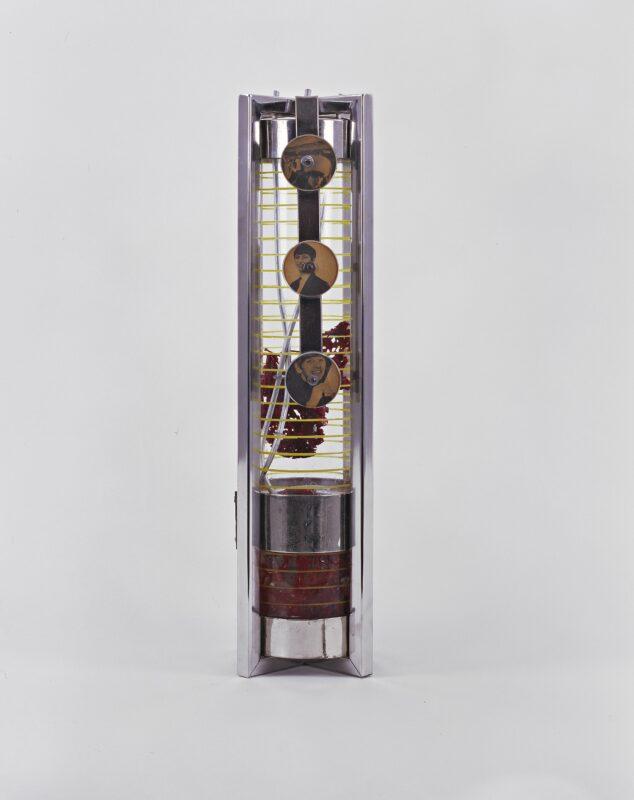
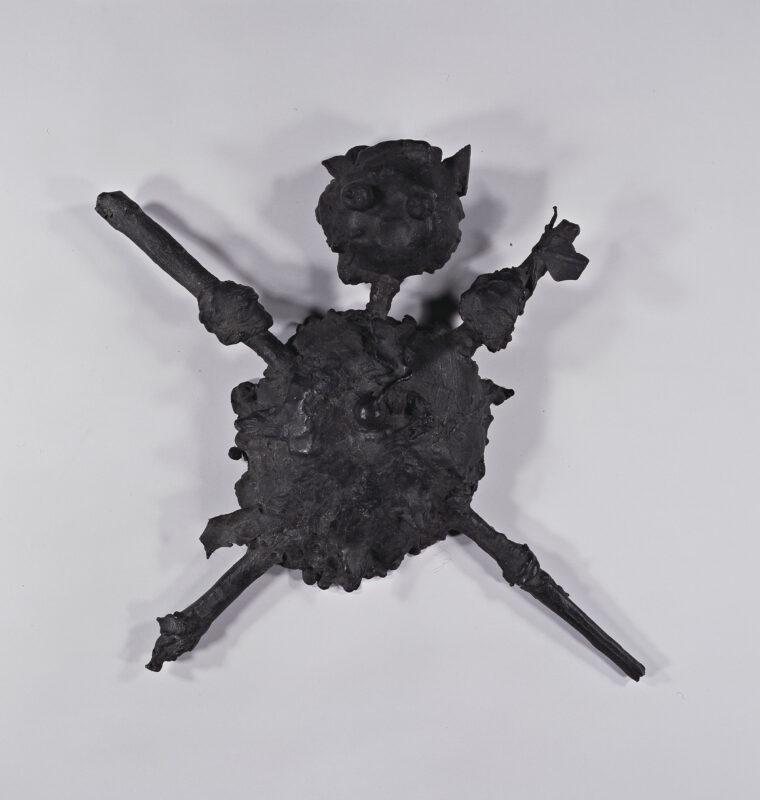
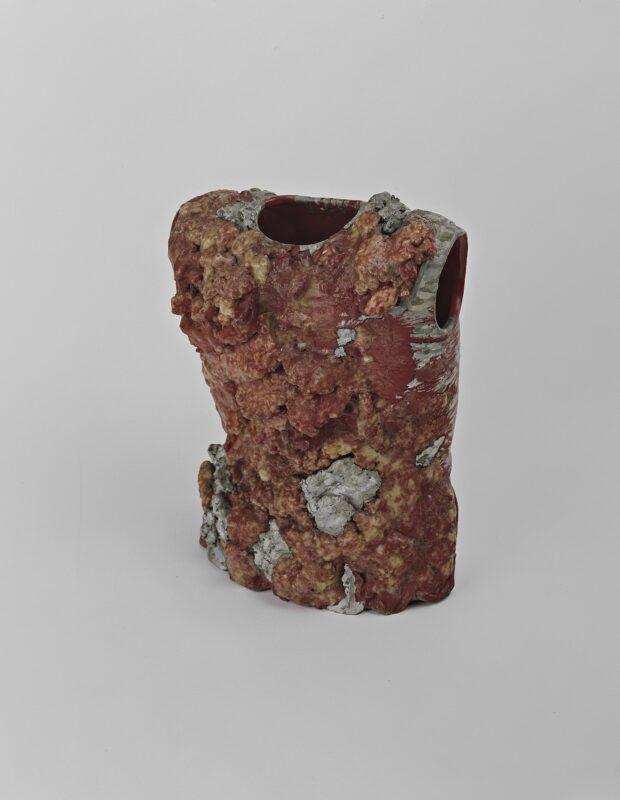
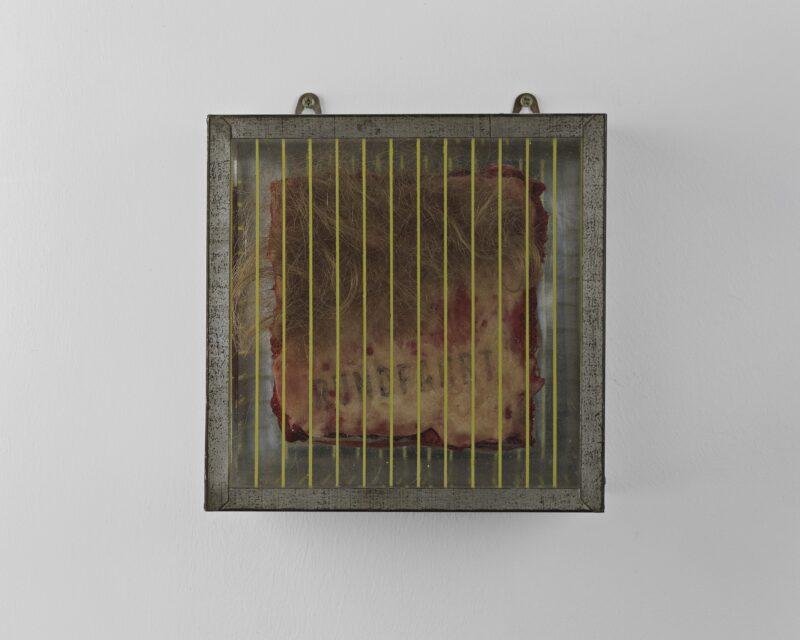
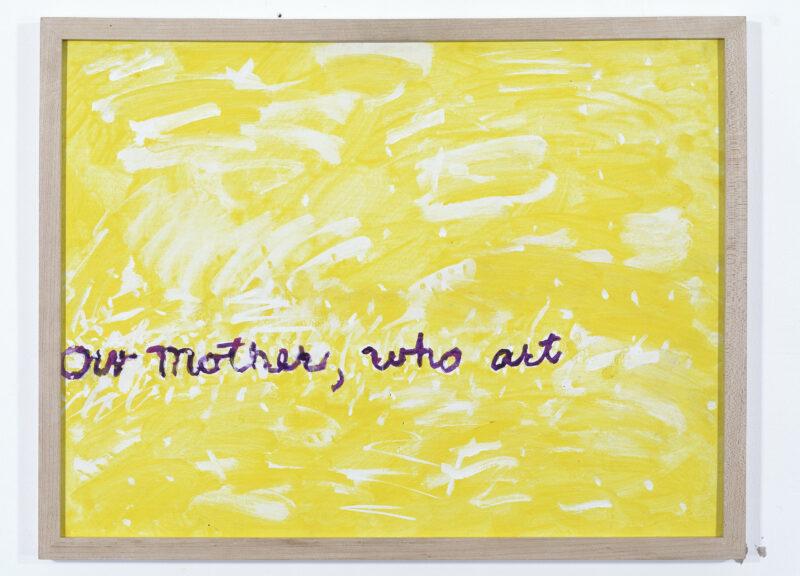
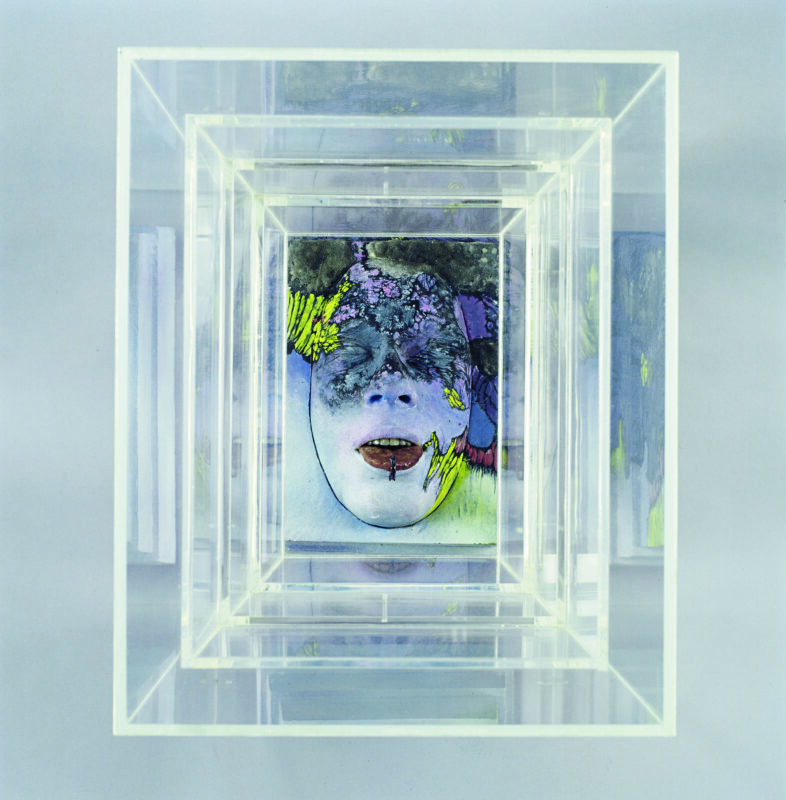
- Paul Thek
Ringo, 1967
cire, verre, métal, photographies, tubes de caoutchouc et fibre de verre
51 x 12.50 x 12.50 cm
Inv. : ThP-67-0001
© Sammlung Falckenberg / Deichtorhallen Hamburg, 2023
- Paul Thek
Tar Baby (from the series “The Personal Effects of the Pied Piper”), 1975-1976
bronze
36 x 33 x 4 cm
Inv. : ThP-76-0001
© Sammlung Falckenberg / Deichtorhallen Hamburg, 2023
- Paul Thek
Rundfahrt (from the series “Technological Reliquaries”)
1964
bois, miroir, cire, peinture, résine, cheveux, métal et verre
21.6 x 2.60 x 12 cm
Inv. ThP-64-0001
© Sammlung Falckenberg / Deichtorhallen Hamburg, 2023
- Paul Thek
La Corazza di Michelangelo
1963
cire et acrylique sur céramique
40 x 30 x 20 cm
Inv: ThP-63-0002
© Sammlung Falckenberg / Deichtorhallen Hamburg, 2023
- Paul Thek
Our Mother, Who Art, ca 1985
acrylique sur carton entoilé
48.5 x 63.5 cm (avec cadre)
Inv. ThP-85-0002
© Sammlung Falckenberg / Deichtorhallen Hamburg, 2023
- Paul Thek
Untitled (Self-portrait as a Pyramid) (from the series “Technological Reliquaries”)
1966-67
cire, peinture acrylique, bois, métal, Plexiglas
56,2 x 32,1 x 39,4 cm
Wilhelm Lehmbruck Museum-Zentrum Internationaler Skulptur, Duisburg








